Abstract photography is a bit like marmite, you either love it or hate it. But let us consider, why?
Abstract photography can be intimidating to photographers because of the amount of freedom that comes with it. The rules are…. well, there are no exact set of rules (but there is some guidance we can offer).
You know the saying: “beauty is in the eye of the beholder”, well abstract photography is exactly what the viewer makes it, and it can hold many different interpretations, views and opinions.
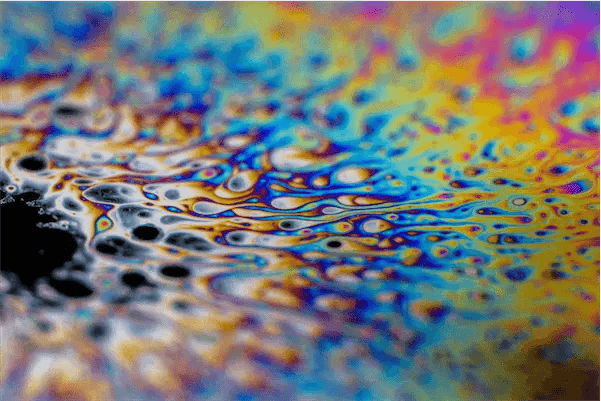
There has never been an exact definition of what exactly ‘abstract photography’ is; similar to abstract art, it offers many different ways of looking at a subject.
The image itself will not be literal, so the subject comes second to actually “seeing”. There is often no clear-cut definition of what the object could be, leaving a great element of mystery surrounding the subject – could there be more to it than meets the eye?
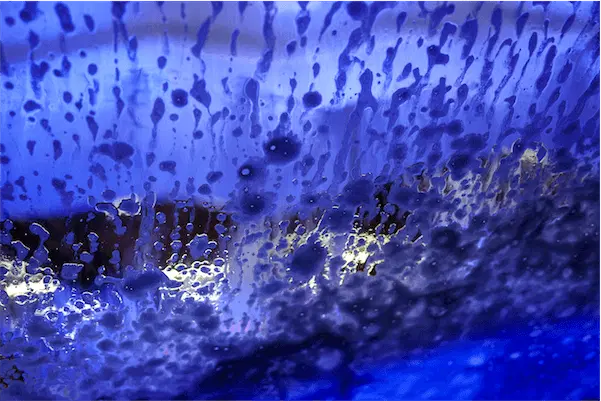
As we know, any kind of photography is subjective and everyone has different opinions and responses. The only way you’ll ever really know is to give it a go!
One of the advantages of shooting abstract shots is it’s so inexpensive, you don’t need to source objects or spend money on travel expenses, everything is easily accessible in the comfort of your own home… perfect!
To kick start you in the right direction, we’ve compiled a list of handy hints and tips to get you thinking and start you on your way.
First things first, chose an object, anything you find visually interesting or intriguing. You can make any mundane object look exciting because you aren’t photographing an object.
For example, start by focusing your attention on a particular section or texture – get in close… like looking through a microscope!
The three main points that abstract photography encompasses are, form, colour and texture.
Form: Form is the shape(s) of the object(s) which creates the main bulk of the image – think of it in a similar way to composition, and consider this the main course.
Colour: Colour will draw the viewer in and keep the attention for longer. Exciting colours add depth and excitement to the overall image.
Texture: Texture adds interest, creates confusion and intrigue. You can break up the image with contrasting textures and make your audience question what they see. Include textures that make your audience want to reach out and touch.

As with photography, lines and shapes can really add depth and impact to your image. Focus your attention on bold, strong shapes such as straight edges and angled corners, so anything geometric. Alternatively, you could always opt for a range of organic shapes such as flowers, leaves or pebbles.
More than likely, you will have been drawn to a particular object or subject to photograph, due to its interesting or unique textures. The texture will add excitement to your image. Experiment with textures; find contrasting textures, layer them up and see what interesting creations you can come up with.
Add visuals to your imagery through depth and shadow play. Work with shadows and highlights – they help to introduce movement and allow the viewers eye to move across (and through) the image.
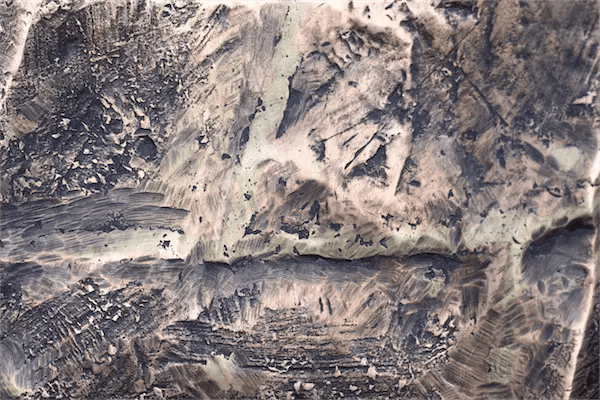
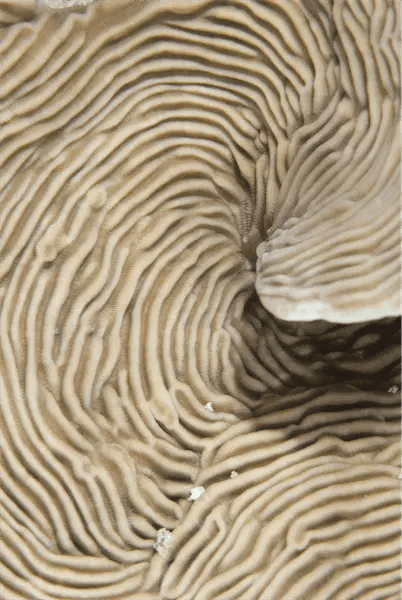
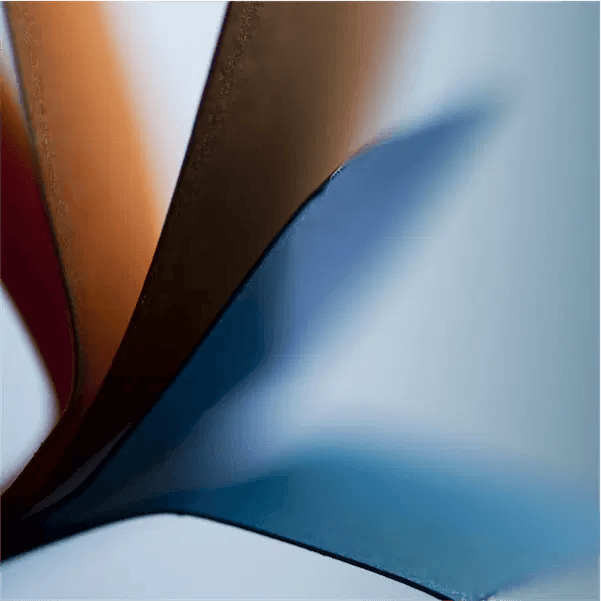
Really focus on a section of the object. Your role as an abstract photographer is to find and create new ways of looking at an object. Find interesting textures, features, and markings on the object and mix them up.
Textures can be made interesting by complimenting them with the right lighting. For example, photographing soft, feminine textures can be complemented by soft bright light. Use lighting to create shadows, it will add an additional element to your photo, and may enhance the form, curves or lines.
Make use of the reflections that are around you! Taking photographs of reflections can make for really interesting shots. Objects or subjects within the reflection aren’t always in focus or recognisable, but that works perfectly in sync if you are trying to achieve a modern, edgy, abstract vibe!
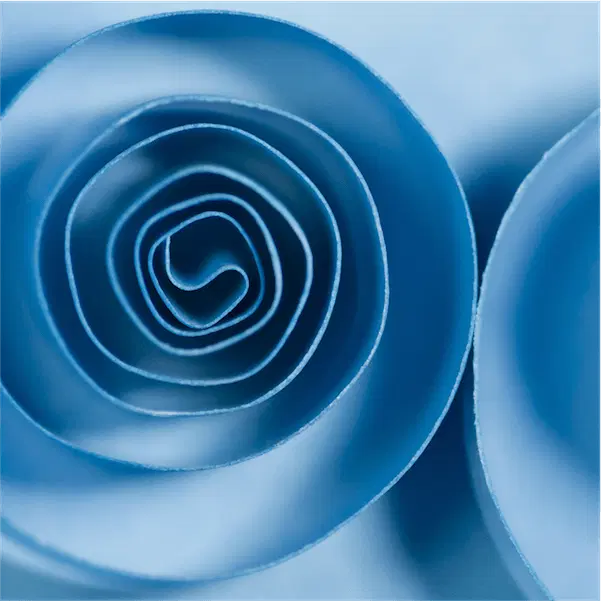
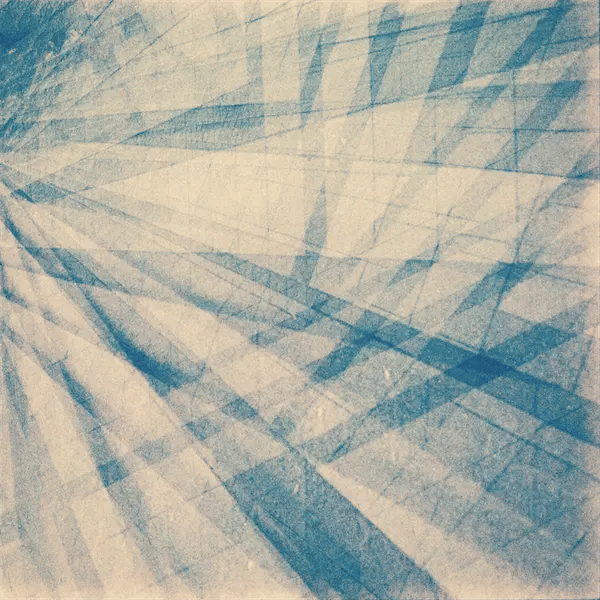
You don’t want any background in these kind of shots as it ruins the element of abstract and works as a distraction.
Look for repetitive patterns that work together and add emphasis to other areas (such as texture or colour). Abstract patterns make for great shots.
Why not try shooting an object through another object? For example, taking a photo of an orange through a glass tumbler? The glass may add an interesting distortion to the appearance of the orange, providing you with an unusual abstract take on an everyday object.
You can use this same method for all kinds of different objects; simply use the first object (glass) as a type of filter to alter the appearance of the other object or subject. It’s that simple!!
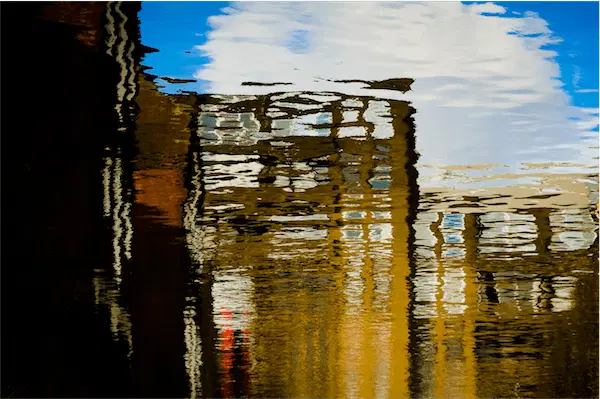
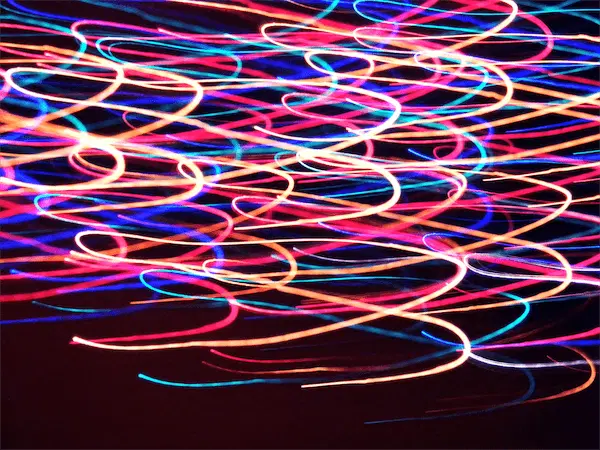
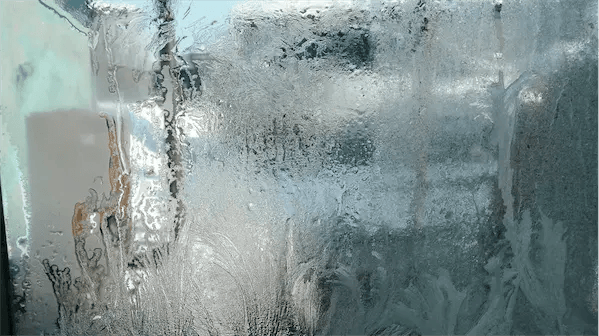
Of course, it’s all about experimenting with different styles and techniques. Use your imagination to come up with some exciting new visuals and creations!
Don’t forget, you can mix things up by experimenting with motion blur and panning – this will add intrigue and leave the viewer guessing on the original subject within the image.
A macro lens is ideal for picking out close-up details when focusing on texture, however, you also have the option to zoom and crop in post-production – just be aware that you could lose some resolution if cropping in very tightly.
Have fun experimenting and release your inner creativity through abstract photography.
Popular memory cards for photography – what’s the best SD card for your digital camera? Choose the right capacity and class speed in our guide
Discover the BEST way on how to clean a camera sensor using swaps, rocket blowers and pencil brushes to give your shots a dust-free finish!
Capture the magic of the night with our beginner’s guide to night photography. Learn tips and techniques for stunning results.
Learn the basics of photography – fast – with our FREE 60-Second Photographer online course. Each class is short and sharp with simple, actionable steps that give you immediate results.
x 30 lessons

© iPhotography™
Become a confident and competent photographer in less than 30 minutes!
Before you leave, make sure you’ve secured your FREE online photography course (worth £29.99)
Each class is just 60-seconds or less making it the fastest and easiest way to learn photography!